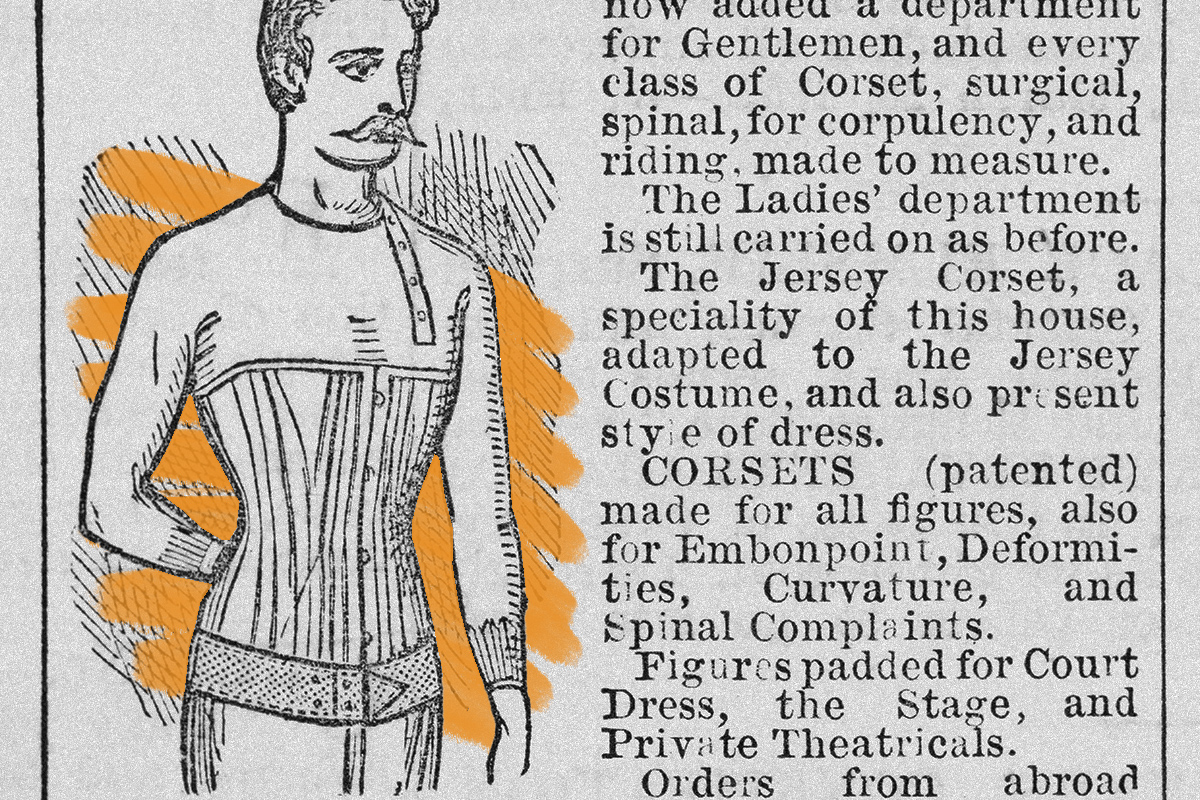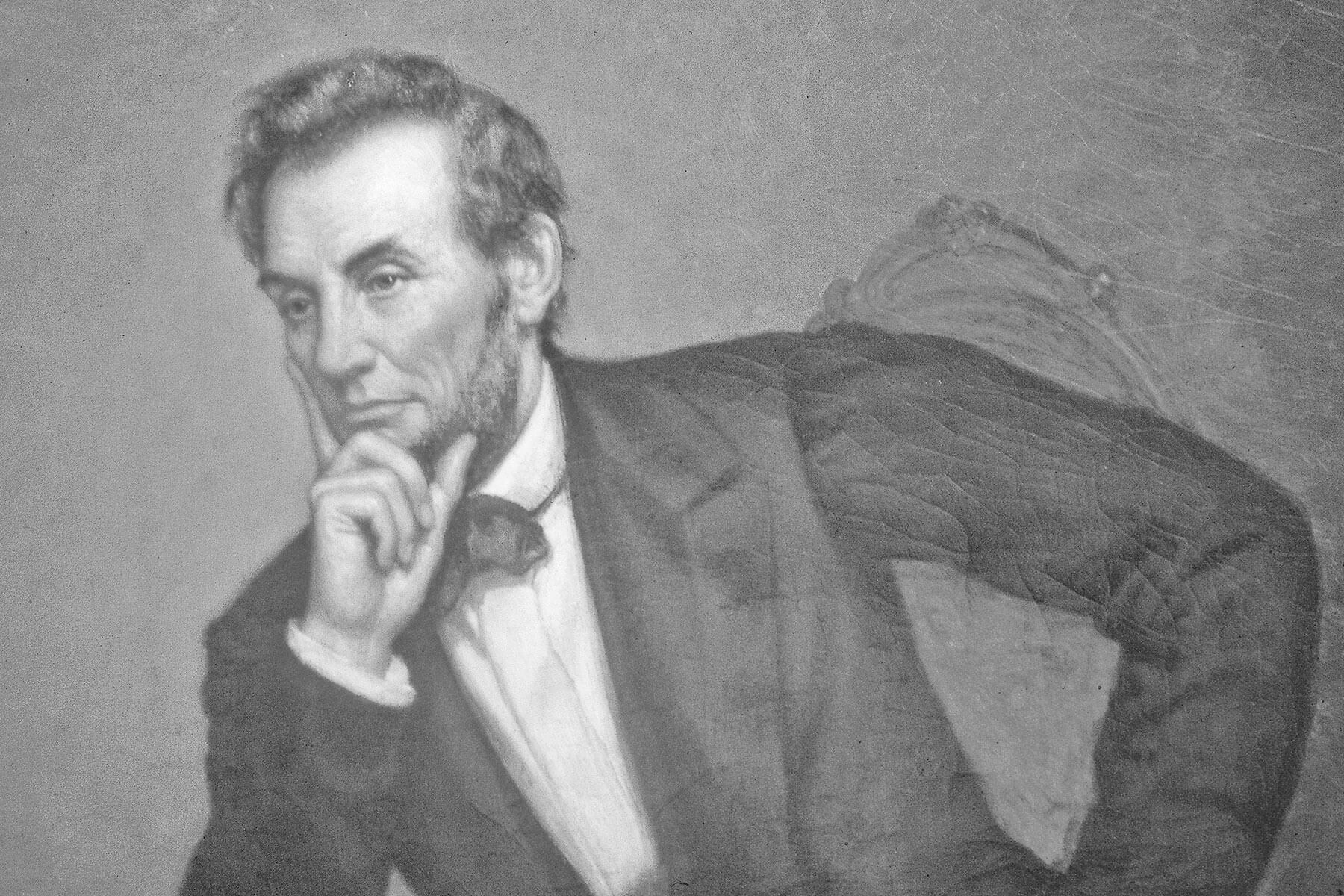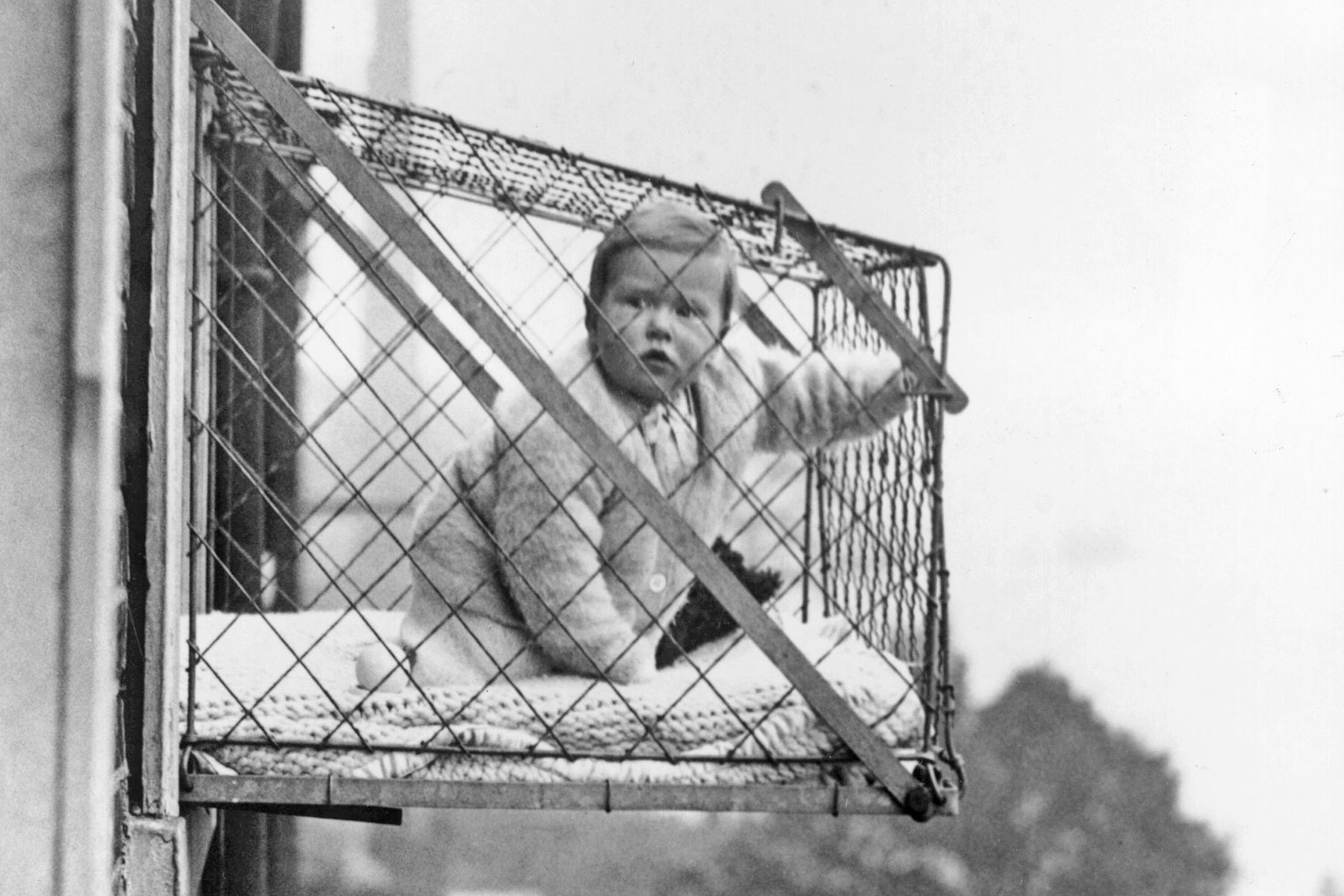The classic lace-up, waist-cinching corset is endlessly versatile and an absolute mainstay of any Renaissance fair outfit. |
| |
| |
|
 |
|
| T he classic lace-up, waist-cinching corset is endlessly versatile and an absolute mainstay of any Renaissance fair outfit. The historical garment is generally thought of as women's wear — but it wasn't always that way. During England's Regency era at the turn of the 19th century — a setting you may be familiar with from Jane Austen novels or, more recently, the Netflix series Bridgerton — men's fashion moved away from powdered wigs and elaborate, stiff fabrics. Dandyism came into style in Europe, and the most fashionable gentlemen went for a sleek, streamlined look as ornamentation took a backseat to precise tailoring. Collared linen shirts, fitted trousers, and waistcoats were all the rage. |
|
|
| Just like how some shapewear can make a dress drape just so, the cut of a bespoke jacket and breeches could be complemented by the right corset. To get the exact shape they were after, well-coiffed men would not only wear corsets, but also add padding around their chest and shoulders. The famously plump George IV was known to wear a corset, too — one almost made him faint at his 1821 coronation. |
|
| Exaggerated silhouettes remained in fashion until the 1830s, but corsets weren't necessary for the increasingly understated mainstream menswear of the 1840s. While dandy culture never fully went out of style — famed dandies such as Charles Baudelaire and Oscar Wilde rose to prominence after 1840 — the Regency-era masculine corset did. |
|
 |  |
|
|
 |
|
| |
|
| Published novels by Jane Austen | | | 6 |
| | | Years George IV ruled as king | | | 10 |
| | | Years George IV ruled as king | | | 10 |
|
|
|
| Netflix subscribers who watched Bridgerton in its first 28 days | | | 82 million |
| | | Cost of adult admission to the New York Renaissance Faire | | | $48 |
| | | Cost of adult admission to the New York Renaissance Faire | | | $48 |
|
|
|
 |
|
 | | Did you know? |
|
|
Suffragettes popularized the union suit. |
|
| Even if you're not familiar with the name, you've probably seen a union suit before: It's that one-piece long underwear with a butt flap. It's typically associated with rugged working men of the late 19th and early 20th centuries, but it actually has its roots in the mid-1800s women's suffrage movement. Women eager to ditch restrictive undergarments such as corsets, hoop skirts, and bustles tried switching to a flannel ensemble sometimes called a "chemiloon." The legs reached down to the ankle, eliminating the need for garters and stockings. Some models even had buttons for attaching layers of light skirts that could replace heavy petticoats. Although they were in use much earlier, the first of these garments was patented in 1868 as the "emancipation union under flannel," as it "emancipated" women from restrictive clothing. Later versions were advertised as thriftier and more hygienic alternatives to traditional women's fashion. The garments proved controversial at the time for women, but they were also very comfortable and easy on the wallet — so when a men's version emerged, it was extremely popular. |
|


Lainnya dari















0 comments:
Post a Comment